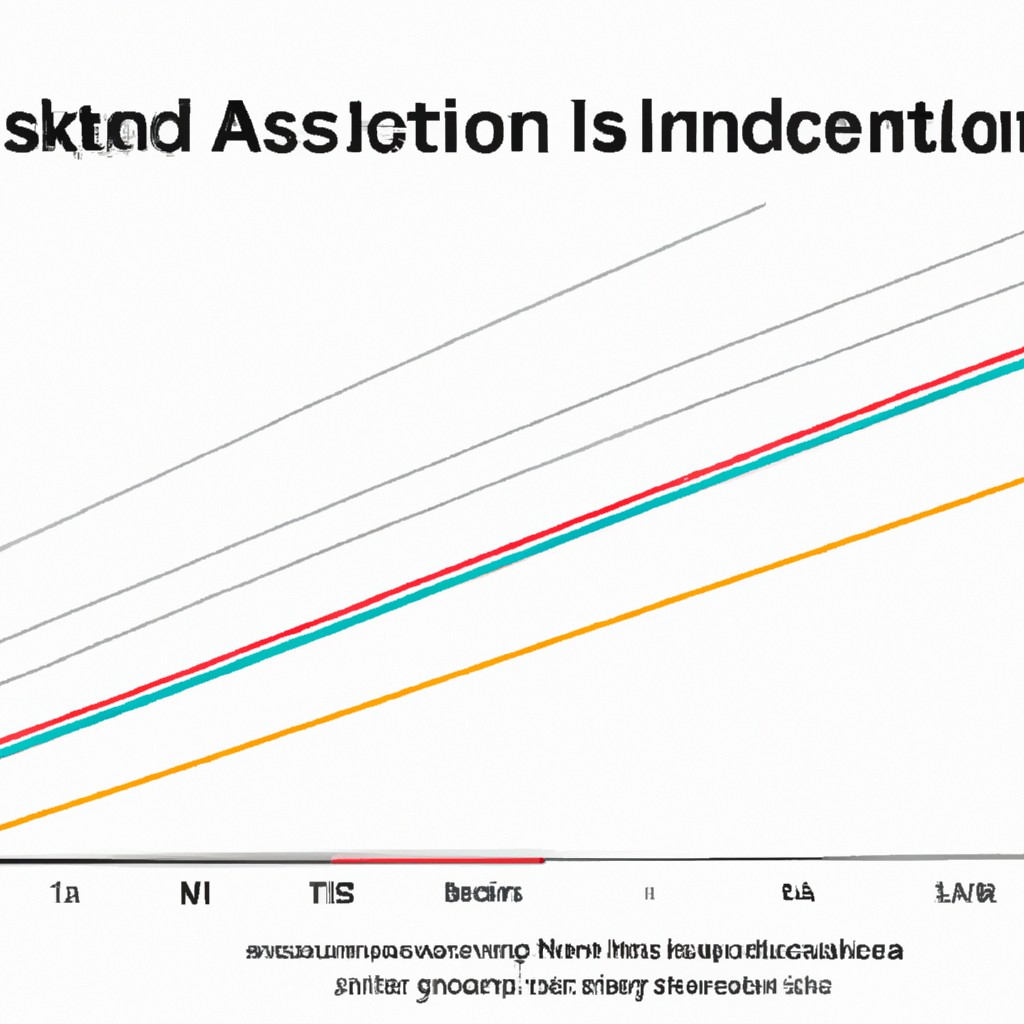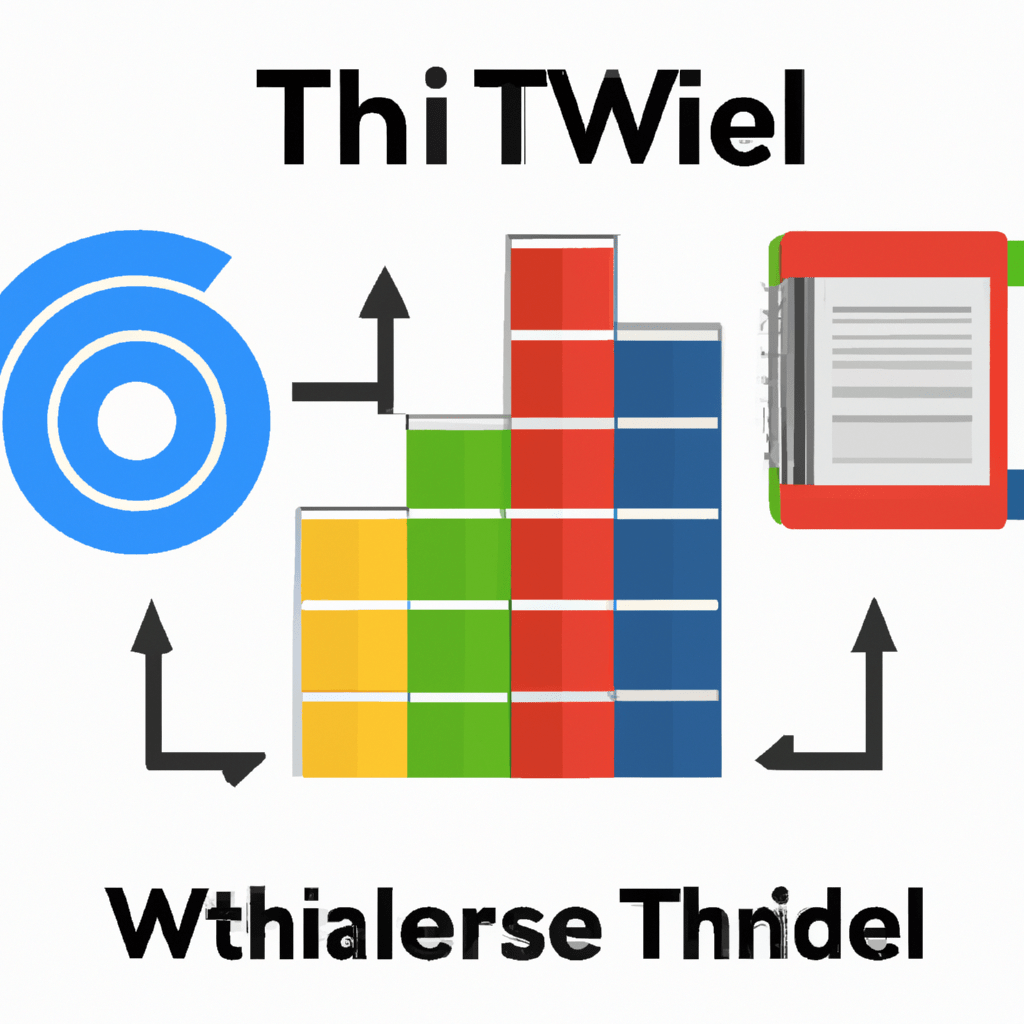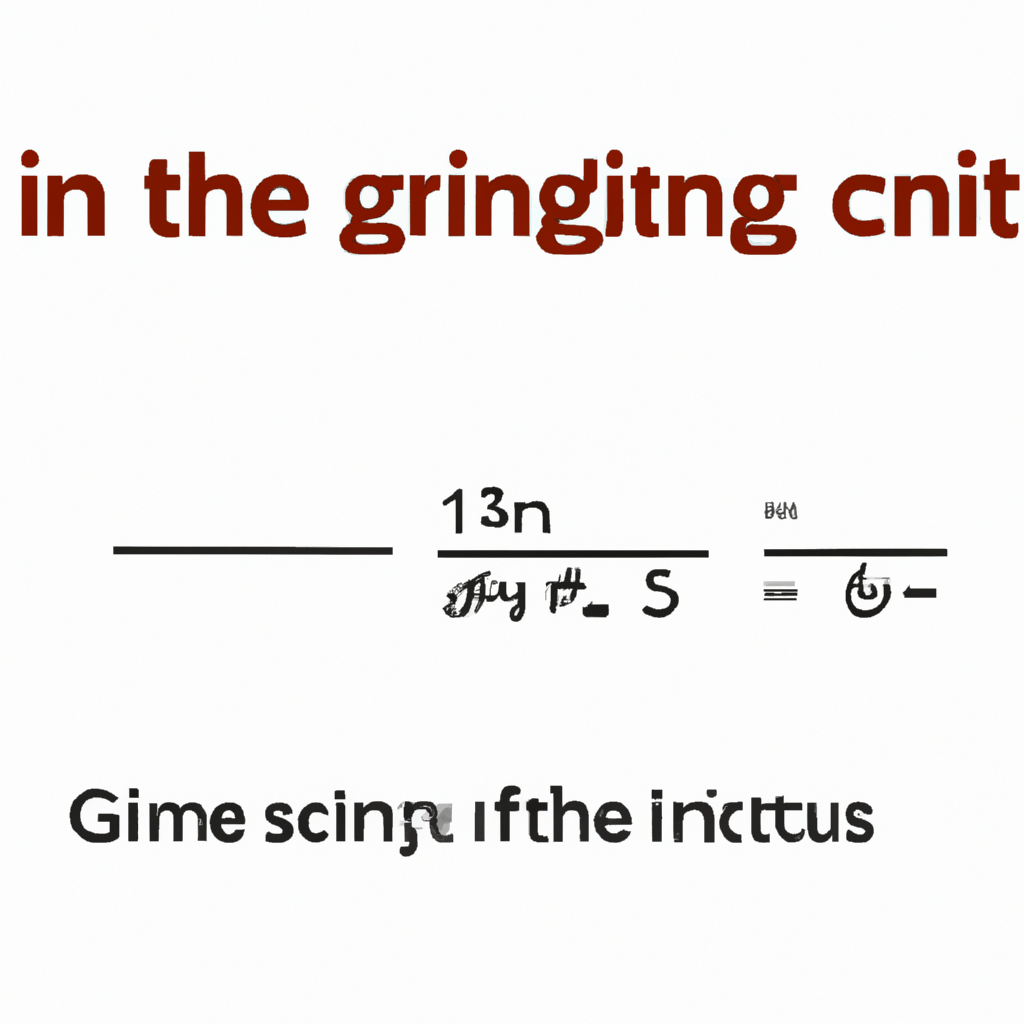Interpretation and practical implications of the Atkinson index

The Atkinson index is a widely used measure of income inequality that takes into account the distribution of income among individuals. It provides insights into how income is shared within a society and can help policymakers evaluate the effectiveness of redistributive policies. The interpretation of the Atkinson index involves understanding its values, which range from 0 to 1. A value of 0 indicates perfect equality, while a value closer to 1 signifies higher inequality. The practical implications of this index are significant. It can guide policymakers in designing interventions to reduce income inequality and improve overall social welfare. By analyzing the Atkinson index, policymakers can better understand the impact of their policies on income distribution and make informed decisions to promote fairness and equality. Overall, the Atkinson index serves as a valuable tool to assess and address income inequality within a society.
Read more
Interpretation of Atkinson index

The Atkinson index measures income inequality by gauging the distribution of wealth in a society. It takes into account how much individuals' utility is affected by income disparities. A higher Atkinson index indicates higher inequality, as it suggests that a society's wealth is concentrated in the hands of a few. The index is named after economist Anthony Atkinson, who developed it in the 1970s. It is commonly used in economic research and policy analysis to understand the impact of income inequality on social welfare. By quantifying the level of inequality, policymakers can make more informed decisions to address societal disparities and promote a fairer distribution of wealth.
Read more
Interpretation of the Theil index

The interpretation of the Theil index can be helpful in understanding income inequality. This index measures the inequality within a population by taking into account both the income disparities between individuals and the overall distribution of income. A higher value of the index indicates greater inequality, while a lower value suggests more equality. By analyzing the Theil index, policymakers and researchers can identify areas with high levels of inequality and develop targeted interventions to address these disparities. Additionally, the index can be used to compare inequality levels across different populations or countries, providing a broader perspective on income distribution patterns. Overall, the interpretation of the Theil index serves as a valuable tool in assessing and addressing income inequality.
Read more
Interpretation

Interpretation is the act of understanding and deriving meaning from something. It involves analyzing and deciphering information to gain insight or make sense of a particular subject or situation. Interpretation can take many forms, such as interpreting literature, art, or symbols. It requires critical thinking and the ability to analyze various perspectives or viewpoints. Through interpretation, we can explore different layers of meaning and uncover hidden truths. It is a subjective process that can be influenced by personal experiences, beliefs, and biases. Effective interpretation requires effective communication and the ability to convey meaning accurately to others.
Read more
Interpretation of Theil index

The Theil index is a widely used statistical measure to assess inequality in various aspects, such as income, wealth, or regional development. Its interpretation provides insights into the degree of inequality within a population or a specific area. A Theil index value of 0 indicates perfect equality, where everyone shares the same level of the measured variable. Conversely, a value of 1 represents maximum inequality, where one individual possesses all the measured variable. The index can also be decomposed into within-group and between-group components, revealing the contributions of various subgroups to the overall inequality. Understanding the interpretation of the Theil index helps to evaluate and address inequality concerns across different domains.
Read more
Interpretation of Lorenz curve

The Lorenz curve is a graphical representation that helps analyze income distribution within a given population. By plotting the cumulative percentage of income received by individuals against the cumulative percentage of the population, the curve provides insights into economic inequality. The closer the Lorenz curve is to the diagonal line of perfect equality, the fairer the income distribution. However, if the curve deviates significantly from the diagonal, it indicates inequality, with a larger area between the curve and the line representing a higher level of disparity. Understanding and interpreting the Lorenz curve is crucial in studying social and economic policies aimed at reducing income inequality.
Read more
Interpretation of Gini coefficient

The Gini coefficient is a statistical measure used to assess income distribution within a population. It ranges from 0 to 1, where 0 represents perfect equality and 1 represents extreme inequality. Interpreting the Gini coefficient involves understanding the magnitude of the value. A coefficient below 0.3 suggests a relatively equal income distribution, while values between 0.3 and 0.5 indicate a moderate level of inequality. Coefficients above 0.5 indicate substantial inequality within the population. It is important to note that the Gini coefficient does not provide information about the specific causes of inequality, but serves as a useful tool for comparing income disparities across different populations and regions.
Read more












